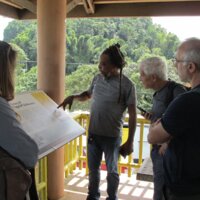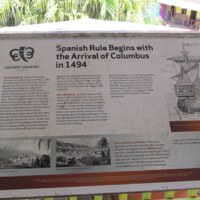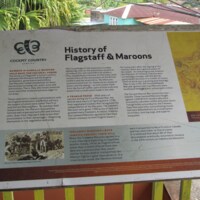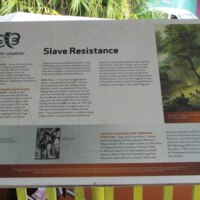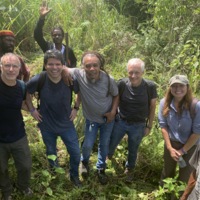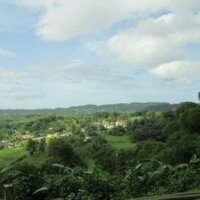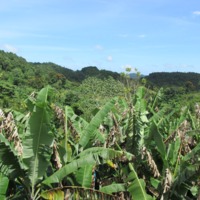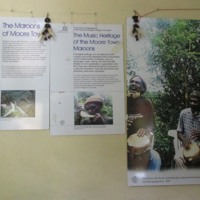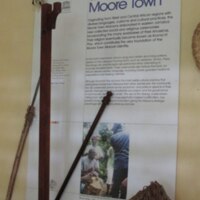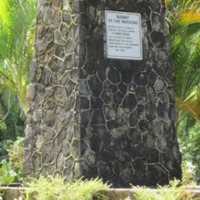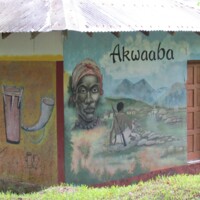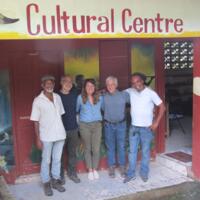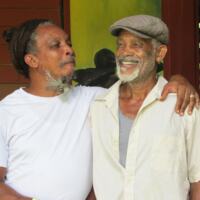Maroon Communities
By the time the English seized Jamaica from Spain in 1655, a combination of African and Indigenous peoples had established independent “Maroon” communities within the island’s rough interior. Violent antagonisms between Maroons and the English quickly emerged as the latter sought to impose imperial imperatives onto the former. By 1728, the British amassed a large force of militiamen, sailors, and regulars with the aim of suppressing the threat posed by powerful Maroon communities. The ensuing war proved disastrous for the British, and they were forced to offer treaties (1739/1740) that recognized the legitimacy and independence of the two primary Maroon groups: the Leeward Maroons in the west and the Windward Maroons of the east. These treaties would ensure relative peace until the outbreak of war in 1795, when the Leeward Maroons of Trelawny Town took up arms in the face of British abuses. The Maroons' subsequent defeat resulted in the deportation of the surviving rebels and the further marginalization of those communities, such as the Windward Maroons, that opted to avoid the war. Despite this effective subsumption, Maroon communities retain a sense of cultural and historical place through to the present.
To learn more about the guided tours of the Flagstaff community, see: Flagstaff Heritage Tours, Cockpit Country, Jamaica.
